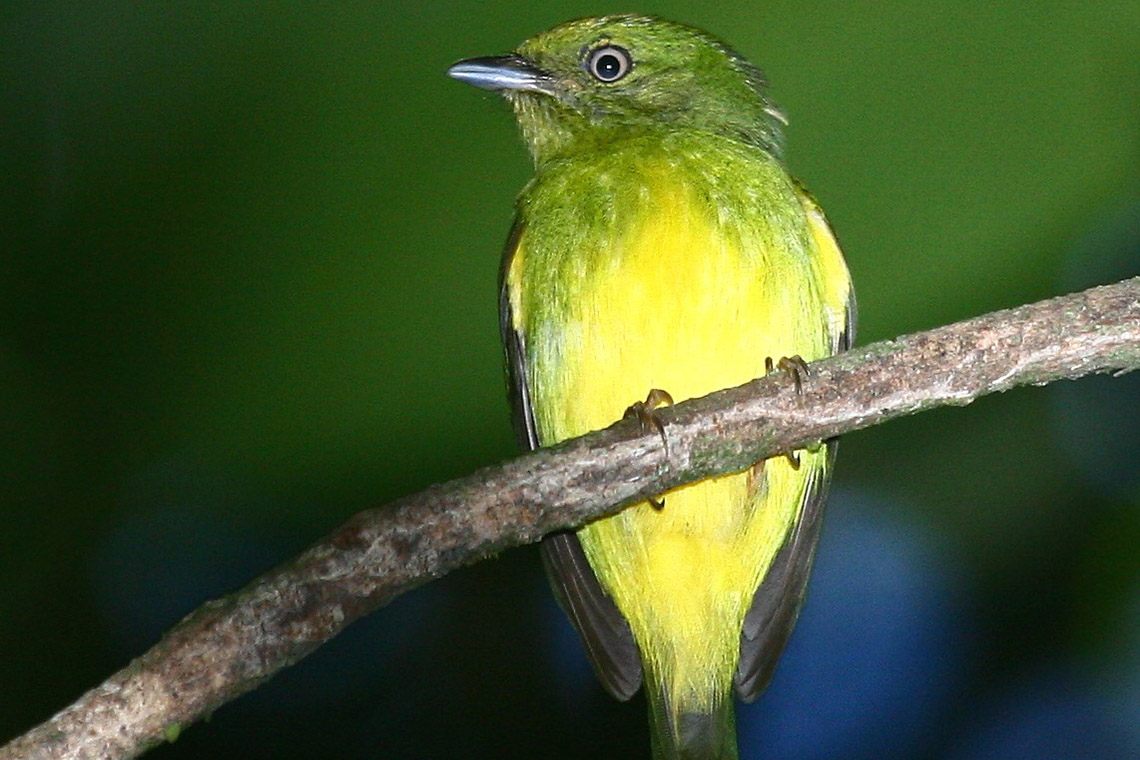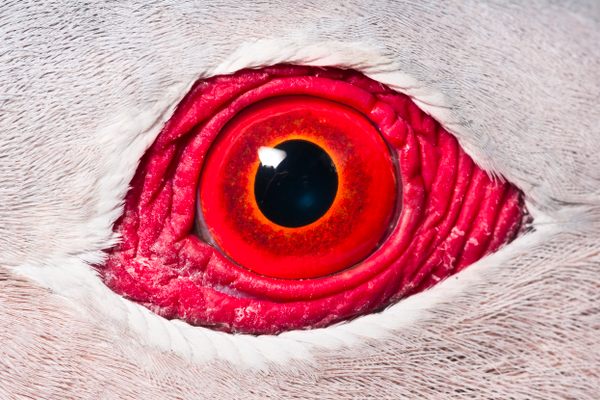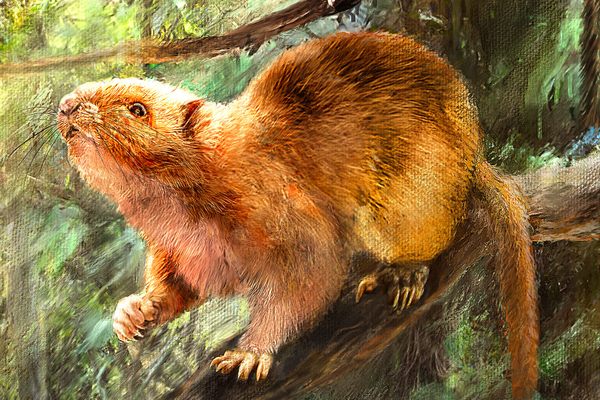Found: The First Known Hybrid Bird Species in the Amazon Rain Forest
Resistance to crossing rivers gave it the space to evolve into something new.

The golden-crowned manakin, a rare tropical bird with a green mantle and bright yellow feathers that would look right at home in a David Hockney painting, was first spotted in the Brazilian rain forest in 1957. It wasn’t seen again for 45 years, until its rediscovery in 2002.
A new study reveals that the bird is even more than meets the eye—it’s actually a hybrid of two other manakin species. “While hybrid plant species are very common, hybrid species among vertebrates are exceedingly rare,” said Jason Weir, a biologist at the University of Toronto, in a press release. Weir and his team, which published its findings in the Proceedings of the National Academy of Sciences, sequenced much of the birds’s genome, and found that it shares genetic markers with two other species: the opal-crowned and snow-capped manakins.
Hybrids do exist in nature, but its very rare to see them evolve into their own species. In this case, the three kinds of manakins are separated by wide rivers, and the birds don’t like to cross them. As the release explains, this isolation was critical to the relatively recent emergence—around 180,000 years ago—of the golden-crowned manakin. “Without geographic isolation,” Weir said in the release, “it’s very likely this would never have happened because you don’t see the hybrids evolving as separate species in other areas where both parental species meet.”
In its time on its own, the golden-crowned manakin has distinguished itself. Both parent species have bright crown feathers that help males to attract females in the darkness of the rain forest. The corresponding feathers on the younger species are a dull gold—so the bird went ahead and evolved its its distinctive bright yellow feathers to stand out under the canopy.
















Follow us on Twitter to get the latest on the world's hidden wonders.
Like us on Facebook to get the latest on the world's hidden wonders.
Follow us on Twitter Like us on Facebook